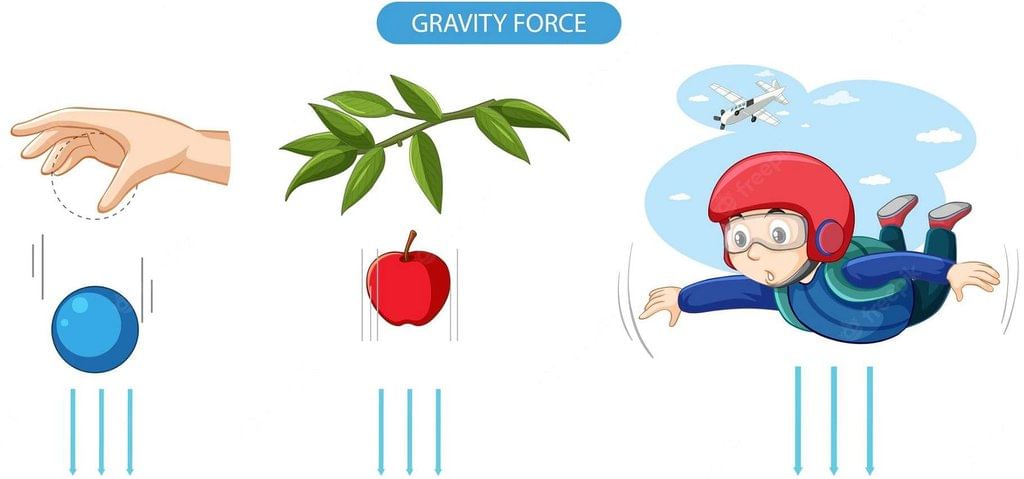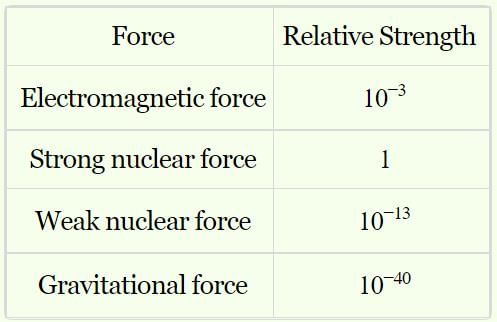Test: Fundamental Forces In Nature (Old NCERT) - JEE MCQ
Test Description
10 Questions MCQ Test - Test: Fundamental Forces In Nature (Old NCERT)
Test: Fundamental Forces In Nature (Old NCERT) for JEE 2025 is part of JEE preparation. The Test: Fundamental Forces In Nature (Old NCERT) questions and answers have been prepared
according to the JEE exam syllabus.The Test: Fundamental Forces In Nature (Old NCERT) MCQs are made for JEE 2025 Exam.
Find important definitions, questions, notes, meanings, examples, exercises, MCQs and online tests for Test: Fundamental Forces In Nature (Old NCERT) below.
Solutions of Test: Fundamental Forces In Nature (Old NCERT) questions in English are available as part of our course for JEE & Test: Fundamental Forces In Nature (Old NCERT) solutions in
Hindi for JEE course.
Download more important topics, notes, lectures and mock test series for JEE Exam by signing up for free. Attempt Test: Fundamental Forces In Nature (Old NCERT) | 10 questions in 10 minutes | Mock test for JEE preparation | Free important questions MCQ to study for JEE Exam | Download free PDF with solutions
Test: Fundamental Forces In Nature (Old NCERT) - Question 1
Earth pulls every object towards it with a force called:
Detailed Solution for Test: Fundamental Forces In Nature (Old NCERT) - Question 1
Test: Fundamental Forces In Nature (Old NCERT) - Question 2
What is the study of the modern theory of the strong forces between quarks?
Detailed Solution for Test: Fundamental Forces In Nature (Old NCERT) - Question 2
Detailed Solution for Test: Fundamental Forces In Nature (Old NCERT) - Question 3
Test: Fundamental Forces In Nature (Old NCERT) - Question 4
The strongest fundamental force in nature is
Detailed Solution for Test: Fundamental Forces In Nature (Old NCERT) - Question 4
Detailed Solution for Test: Fundamental Forces In Nature (Old NCERT) - Question 5
Test: Fundamental Forces In Nature (Old NCERT) - Question 6
Which force is weakest of all fundamental forces?
Detailed Solution for Test: Fundamental Forces In Nature (Old NCERT) - Question 6
Detailed Solution for Test: Fundamental Forces In Nature (Old NCERT) - Question 7
Detailed Solution for Test: Fundamental Forces In Nature (Old NCERT) - Question 8
Test: Fundamental Forces In Nature (Old NCERT) - Question 9
Which of these is incorrect about nuclear forces?
Detailed Solution for Test: Fundamental Forces In Nature (Old NCERT) - Question 9
Test: Fundamental Forces In Nature (Old NCERT) - Question 10
Which of the following class of forces is different from others?
Detailed Solution for Test: Fundamental Forces In Nature (Old NCERT) - Question 10
Information about Test: Fundamental Forces In Nature (Old NCERT) Page
In this test you can find the Exam questions for Test: Fundamental Forces In Nature (Old NCERT) solved & explained in the simplest way possible.
Besides giving Questions and answers for Test: Fundamental Forces In Nature (Old NCERT), EduRev gives you an ample number of Online tests for practice
Download as PDF
















